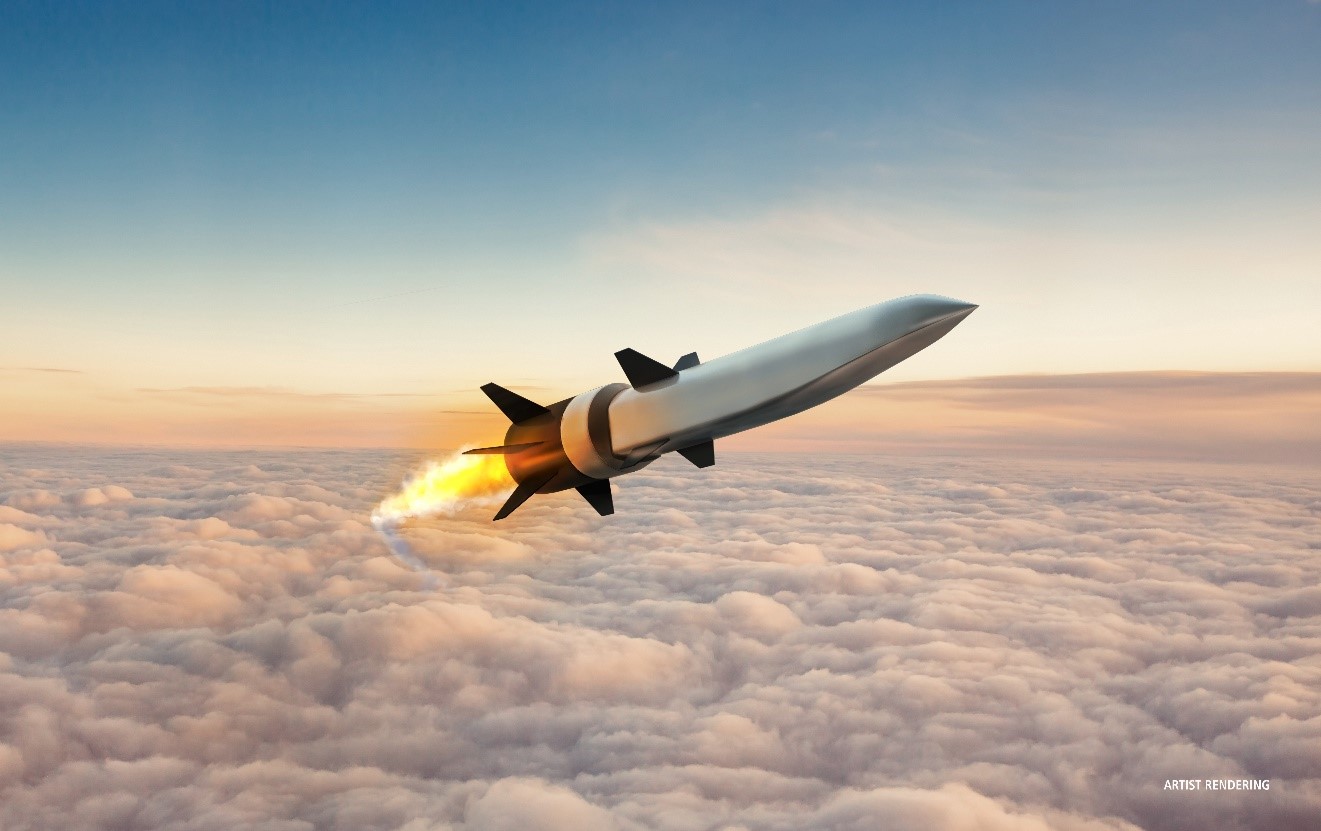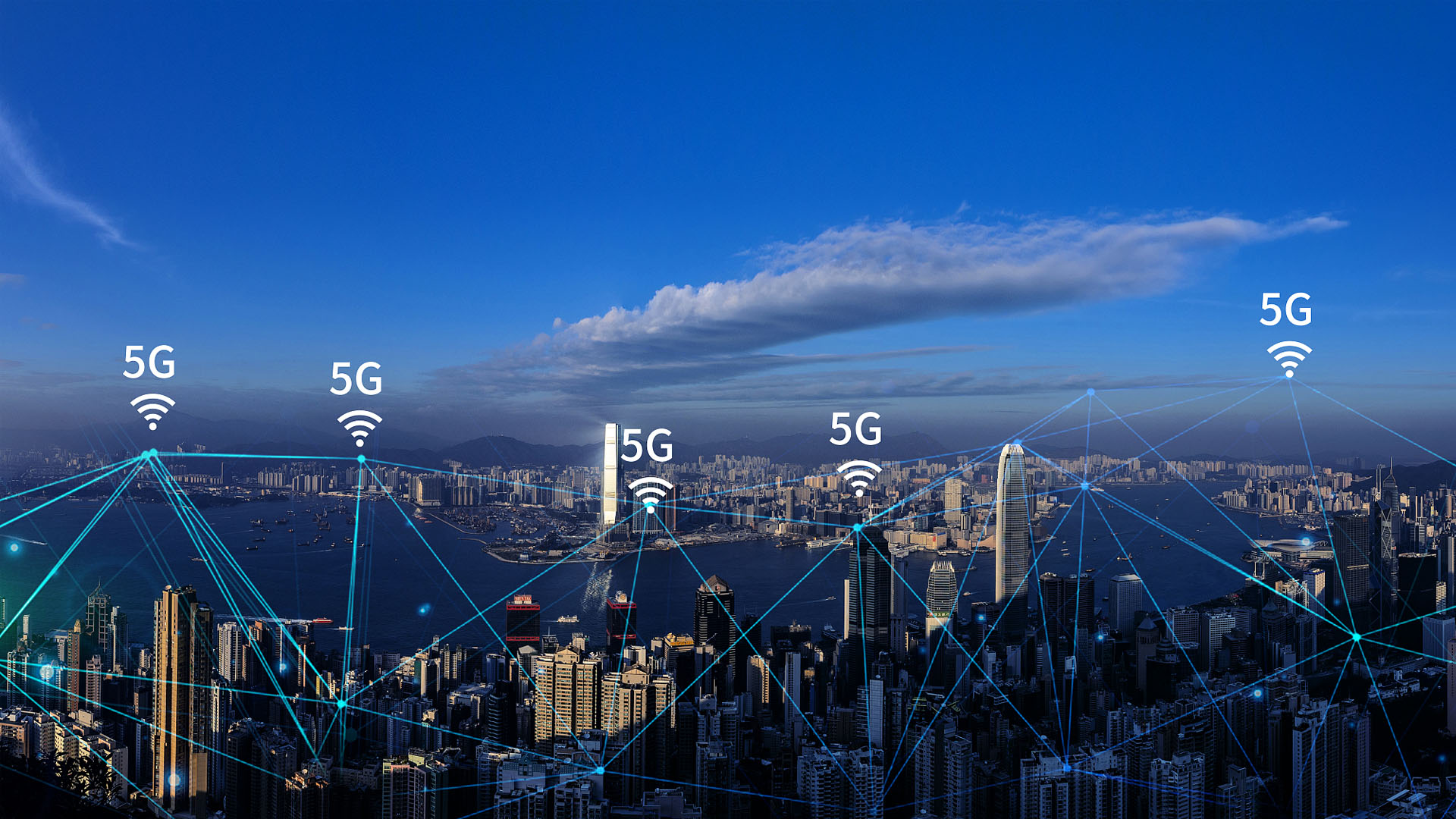Not too long ago, China claimed that it had created a 6G technology that was about a hundred times faster than 5G. This assertion seemed too good to be true at the time, given only a handful of countries have begun to use 5G now.
Now, going even further, Chinese researchers have declared that they developed a device that far outpaces any previous claims about the 6G technology.
They also claim to have demonstrated that a hypersonic weapon could communicate and locate targets using 6G technology, overcoming some of the blackout issues that occur at speeds of five times the speed of sound or faster, reported SCMP.
According to the team led by Professor Yao Jianquan, one of China’s top laser scientists, the achievement has ramifications for the effectiveness of weapons and defense systems, and might lead to “major improvement in China’s near-space defense.”
On January 25, their experiment paper was published in the Journal of the National University of Defense Technology.
With electromagnetic waves, a Tianjin research team claimed to have “completely penetrated” the signal-blocking plasma shield surrounding a hypersonic missile.
Earlier this month, reports emerged claiming that Chinese researchers had achieved a world-record wireless transmission speed of 206.25 gigabits per second. This could indicate that, once it arrives, 6G technology would be up to 100 times faster than 5G, or the fifth-generation wireless mobile network, which is still being rolled out in most parts of the world.
China sets #6G speed world record, 10 to 20 times faster than #5G. pic.twitter.com/CKb1MD6iar
— Ambassador Deng Xijun (@China2ASEAN) January 8, 2022
Further, the latest claims come at a time when the United States, China’s arch-rival, has been struggling with testing 5G due to interference with aviation as both use the same band. The US also does not have an operational hypersonic weapon as three successive tests in the past had resulted in a failure.
On the other hand, China has been making rapid strides in its hypersonic program which has been a rather unsettling precedent for the West as well as China’s disenchanted neighbors. If these assertions are true, China could have reached a major milestone in both hypersonic as well as 6G tech programs.
Laser Technology For Hypersonic Weapons
When heated, ionized gas forms on the surface of a hypersonic weapon and blocks electromagnetic signals due to which the weapon has trouble communicating with the outside world.
Since ground-based radar cannot identify and lock on to a hypersonic target behind a plasma shelter, the problem is referred to as the “black barrier.”
Yao and his colleagues at Tianjin University’s School of Precision Instruments and Optoelectronics Engineering have invented a laser system that can emit a continuous beam of electromagnetic waves in the terahertz spectrum, which is needed for 6G next-communication technology.
??China Leads the 6G Charge pic.twitter.com/dYoCail37S
— China – Arab Forum (CAF) — المنتدى العربي الصيني (@china_arabia) September 30, 2021
According to their research, ground experiment findings revealed that these terahertz waves may easily enter and exit the plasma created by a hypersonic weapon at 10 times the speed of sound or even faster “as if the black barrier does not exist.”
The technology has been extensively researched for military uses, such as radar for detecting stealth aircraft or high-speed communication in space. However, employing 6G on a hypersonic weapon is more difficult.
Previous research has discovered that terahertz transmissions in the lower frequency range, which are routinely used for communication, can degrade when traveling through plasma. Higher frequency waves can pass through the barrier more easily, but they can’t go very far in the atmosphere, said SCMP.
According to researchers from Northwestern Polytechnical University and Shanghai Aerospace Control Technology Institute, a hypersonic weapon traveling at Mach 5 in the atmosphere can achieve an effective communication range of up to 60 kilometers (37 miles) with a 5-watt transceiver operating at a high frequency of 2 THz.

This range “can ensure normal communication for flight control and detection through the black barrier”, they said in a paper published in the domestic peer-reviewed journal Flight Control and Detection in November.
Yao’s team created a terahertz gadget that operated at a slightly higher frequency of 2.5 Thz. In an open area, they underestimated the range of their technology.
Going by these assertions, while these claims sound too good to be true, this might not be an impossible feat to achieve given that 6G has already been tested for military application in space and for radars to see if this can help detect stealth aircraft. The hypersonic missile on a 6G range could still be years away given that as of now, it has just been published.
The 6G Race Between US And China
Even before the 5G battle is settled, China and the US have begun a race to exploit 6G technology. According to SpaceX creator Elon Musk, the Starlink communication satellite network will be upgraded with terahertz technology in the future, increasing the download speed to 10 Gbps at a ground terminal, thanks to financing from the US military. At the moment, Starlink’s download speed is around 100 Mbps.
SpaceX has more than 1,000 satellites beaming high-speed internet to Earth, but China promises to offer higher speeds with the launch of what it calls the world’s first 6G satellite #WSJWhatsNow https://t.co/ZGTRGTCBH8 pic.twitter.com/Pi89EC5z9g
— The Wall Street Journal (@WSJ) June 27, 2021
In 2020, China claimed to have launched the world’s first 6G terahertz satellite to conduct high-speed communication experiments in space, as previously reported by Popular Mechanics. Chinese scientists have since carried out 6G data transmission trials on the ground, achieving speeds of several hundred terabytes per second.
Because of technical obstacles, several industry analysts predict that the commercialization of 6G will take a decade. In fact, the rollout of 5G is not complete in the world yet. Some countries have just started to, or are yet to start the testing of 5G equipment.

Interestingly, the US has sanctioned Chinese telecommunication firm Huawei, which has since been banned from participating in 5G trials in various countries. The telecom giant has been accused of having links with the Chinese military.
According to scientists involved in the Chinese 6G projects, Beijing is developing compact terahertz antennas with synthesized aperture radar technology – high-speed processors that can handle a large data flow without overheating – and high-altitude base stations over the Tibetan plateau to integrate future 6G networks in space and on the ground.
It is believed that whoever patents the 6G first would probably lead what could be called an ultra-high-speed communication race.
- Contact the author at sakshi.tiwari9555@gmail.com
- Follow EurAsian Times on Google News




